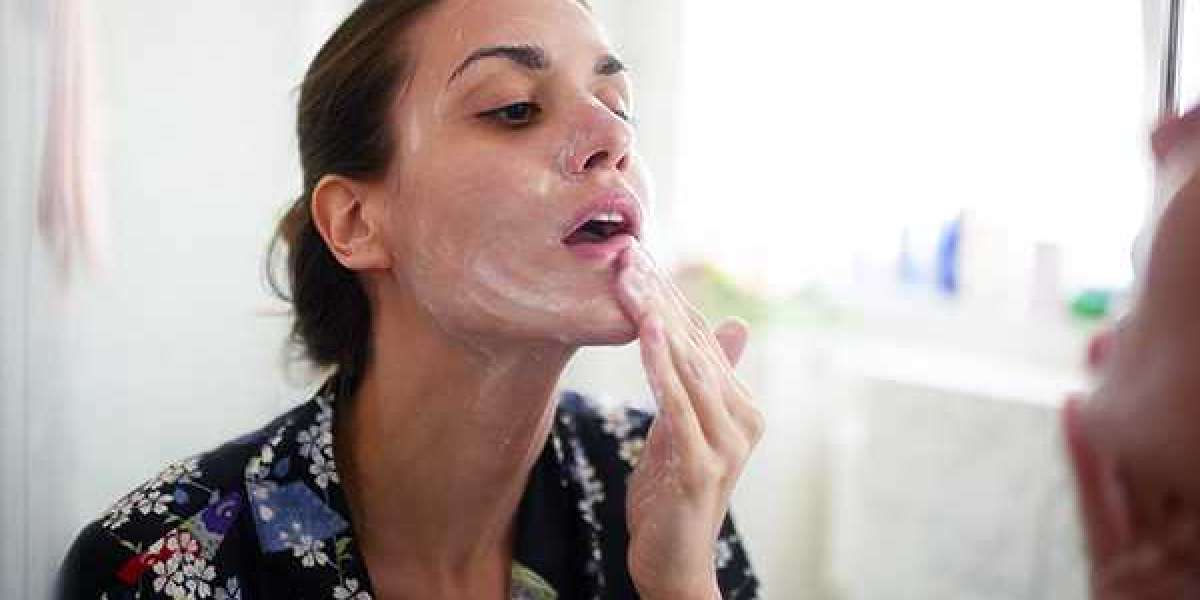Genetics: Some people are more prone to dark circles due to genetic factors. If your parents have them, you may be more likely to develop them as well.
Fatigue and lack of sleep: Not getting enough sleep or experiencing poor sleep quality can lead to dark circles under the eyes. When you're tired, your skin can become paler, making blood vessels beneath the eyes more visible, resulting in dark circles.
Allergies: Allergic reactions can cause inflammation and swelling around the eyes, leading to dark circles.
Dehydration: Insufficient hydration can cause the skin under the eyes to become dry and dull, accentuating the appearance of dark circles.
Sun exposure: Excessive exposure to the sun's harmful UV rays can accelerate the aging process and cause pigmentation irregularities, including dark circles under the eyes.
Skin pigmentation: Some people naturally have more pigmentation in the skin under their eyes, which can make dark circles more noticeable.
Aging: As you age, your skin loses collagen and becomes thinner, which can make blood vessels beneath the eyes more visible, resulting in dark circles.
Stress: Chronic stress can lead to various health issues, including poor sleep quality and fatigue, which can contribute to the development of dark circles under the eyes.
Eye strain: Spending long periods staring at screens or engaging in activities that strain the eyes can lead to fatigue and eye strain, which may result in dark circles.
Addressing the underlying cause is often the best approach to reducing or eliminating dark circles. This may involve lifestyle changes such as getting adequate sleep, managing stress, staying hydrated, protecting your skin from the sun, and addressing allergies or other underlying health issues. Additionally, using topical treatments such as eye creams containing ingredients like vitamin C, retinol, and caffeine may help reduce the appearance of dark circles by improving skin texture and promoting collagen production.
Dark circles under the eyes, also known as periorbital hyperpigmentation, result from a combination of physiological and environmental factors affecting the delicate skin in the periocular area. Here's a breakdown of the technical details:
Periorbital Skin Characteristics: The skin around the eyes is thinner and more delicate compared to skin in other areas of the body. It contains fewer oil glands and is less able to retain moisture. Consequently, it is more susceptible to damage and shows signs of aging, including dark circles, more prominently.
Vascular Structure: The skin beneath the eyes contains a network of blood vessels, including capillaries. Due to the thinness of the skin, these blood vessels may become more visible, especially when blood pools or leaks into the surrounding tissue. This can occur due to factors such as fatigue, inadequate sleep, or vascular fragility associated with aging.
Hyperpigmentation: Excessive melanin production or uneven distribution of melanin in the skin can result in hyperpigmentation, which manifests as dark patches or circles. This may be influenced by genetic predisposition, hormonal changes, or exposure to ultraviolet (UV) radiation from the sun. Melanin is produced by melanocytes, specialized cells in the skin, and its synthesis can be influenced by various factors, including inflammation and oxidative stress.
Inflammation and Edema: Allergic reactions, chronic inflammation, and fluid retention can lead to swelling or edema in the periorbital area. This swelling can exacerbate the appearance of dark circles by stretching the skin and making blood vessels more visible. Inflammatory mediators and cytokines released during these processes may also stimulate melanocyte activity, contributing to hyperpigmentation.
Structural Changes: With age, the skin undergoes structural changes characterized by a decrease in collagen and elastin production. This results in thinning of the skin, loss of elasticity, and increased visibility of underlying blood vessels. Additionally, fat pads in the under-eye area may shift or diminish, creating shadows that accentuate the appearance of dark circles.
Environmental Factors: Exposure to environmental stressors such as UV radiation, pollution, and cigarette smoke can accelerate skin aging and exacerbate pigmentation irregularities. UV radiation, in particular, stimulates melanin production and can cause oxidative damage, leading to the formation of free radicals and inflammation.
Lifestyle Factors: Factors such as inadequate sleep, poor nutrition, excessive alcohol consumption, and smoking can contribute to the development of dark circles by disrupting circadian rhythms, impairing skin regeneration processes, and promoting oxidative stress and inflammation.
Understanding the multifactorial nature of dark circles is crucial for developing effective strategies for prevention and treatment. Interventions may include lifestyle modifications, topical treatments targeting melanin synthesis and inflammation, sun protection, and cosmetic procedures such as laser therapy or dermal fillers to improve skin texture and reduce the appearance of dark circles.








